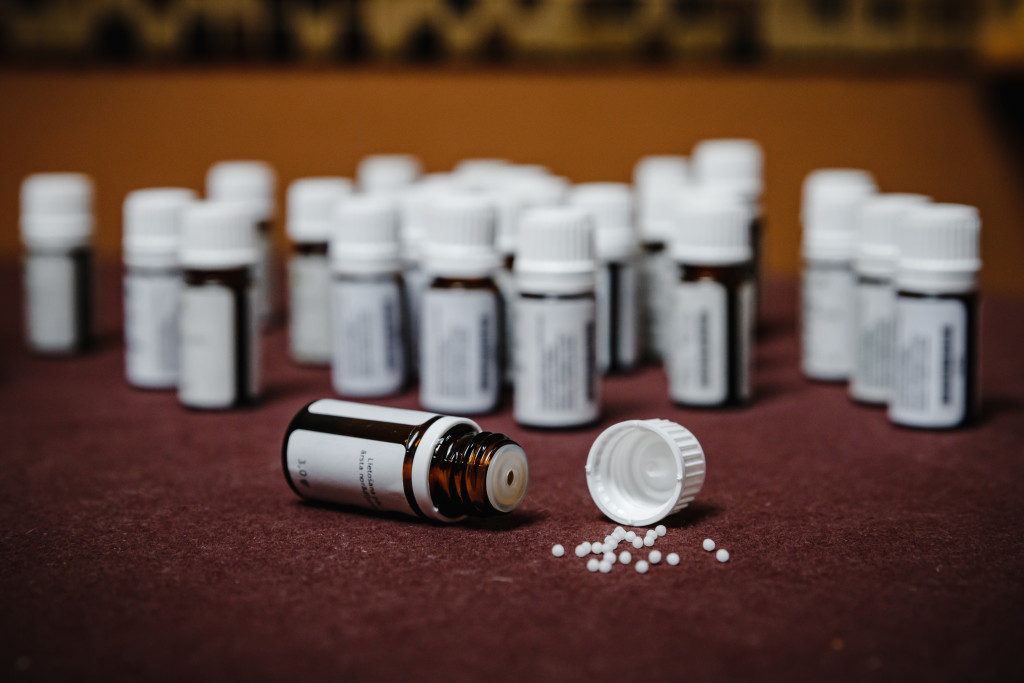Drug abuse for weight loss
- 24/06/2022
Abuse is the persistent or sporadic intentional overuse of a drug, resulting in harmful physical or psychological effects. Drug abuse is not uncommon. Abuse applies not only to prescription drugs but also to over-the-counter drugs. For example, diuretics and laxatives are available in every pharmacy and are often used for weight loss purposes. Such irrational use of drugs, especially by women, often leads to negative health consequences. Today we want to talk about several cases of drug abuse for weight loss. Case reports were found by the DrugCard platform during the local medical literature monitor.
A case of secondary gout after diuretic abuse
The DrugCard platform found an article in the «Ukrainian Journal of Rheumatology» describing a case of diagnosis of secondary gout due to chronic diuretic abuse. To reduce weight, the woman took furosemide every day at a dose of 40-80 mg/day for 6 years. For the first year she lost 5-7 kg. She continued to take 1-2 furosemide tablets daily to maintain her normal weight. The patient had no medical indications for long-term daily intake of saluretics. As a result of such irrational intake of diuretics, persistent hyperuricemia developed. Later, tofus gout with a pronounced articular syndrome debuted. Tofus arthritis developed 2 years after the start of diuretics, progressed rapidly and led to the development of the severe articular syndrome.
Abuse of the diuretic hydrochlorothiazide for weight loss
In the “The Ukrainian Scientific Medical Youth Journal” the DrugCard platform found an article about a case of hypokalemia due to chronic abuse of hydrochlorothiazide. The woman came to the hospital with complaints of general weakness, lack of movement in the limbs, and hoarseness. According to relatives, she fell 2 days ago and injured her left arm and left half of her body. She took dexketoprofen and tolperisone to reduce pain. Also, she experienced an acute respiratory viral infection last week. Acute cerebrovascular accident was excluded after the CT scan. In the blood test – leukocytosis, hypokalemia. The ECG showed flattened T waves. Differential diagnosis was made between Guillain-Barré syndrome, myasthenic crisis and adverse effects of tolperisone. When the patient became contact, she reported an additional anamnesis. It turned out that during the last year the patient systematically took hydrochlorothiazide 25 mg once a day in order to reduce body weight.
Pharmacovigilance assessment of hydrochlorothiazide abuse case
The prevalence of information about various methods of losing weight has a negative impact on the general population’s health. One of these “folk” methods is to use hydrochlorothiazide – thiazide diuretic. The pharmacodynamics of the drug explains the development of one of its side effects – hypokalemia. Hypokalemia is manifested by muscle weakness, paresis and paralysis in severe cases. Taking diuretic drugs for a long time without consulting and monitoring a doctor can lead to serious complications and threatening conditions. Also the woman took tolperisone to treat the injury in the previously mentioned case. This is considered off-label use because tolperisone, a centrally acting muscle relaxant, is indicated for the symptomatic treatment of muscle spasms associated with neurological diseases in adults.
Multiple drug abuse for weight loss
In the journal “Reports of Vinnytsia National Medical University” the DrugCard platform found an article describing a case of laxatives abuse of laxatives in order to lose weight. As a result, the young girl developed “laxative disease”. The patient complained of the presence of fresh blood in the feces during defecation. From the anamnesis, it became known that since the graduation class, she had been taking contact laxatives (senna, bisacodyl) almost daily for weight loss purposes. For 6 months she lost 26 kg. She even tried to stop taking these drugs but couldn’t due to persistent constipation for up to 2 weeks. After several years of laxatives abuse, swelling of the face and extremities appeared. To reduce edema, in addition to laxatives, she began to take furosemide. Since the diuretic effectiveness rapidly decreased, she decided to increase its dose. As oral laxatives did not bring the desired result, the patient began to use laxative microclysters 2-3 times a week. The patient’s condition improved only after the prescribed treatment by a proctologist.
Evaluation of a case of abuse of mixed drugs by pharmacovigilance
Very often, contact laxatives of natural or synthetic origin are used for weight loss. They are affordable, fast-acting, and available in a variety of dosage forms. Long-term, sometimes daily use causes a gradual decrease in the effect. And this, in turn, leads to a specific lesion of the gastrointestinal tract, other organs and systems known as “laxative disease”. The described clinical case is interesting in that a young woman, against the background of prolonged abuse of laxatives, tried to refuse to take drugs. But due to the appearance of peripheral edema, she began to use diuretic drugs on her own. During the examination, the daily dose of furosemide reached 15 tablets per day (600 mg/day)
GVP requirements in case of drug abuse
Pharmacovigilance activities include identifying the off-label use of drugs, such as abuse and overdose. This in particular can be done during local medical literature monitoring. After all, such use of drugs can lead to the development of adverse reactions. These clinical cases demonstrate the serious health consequences of self-medication and uncontrolled drugs use for the purpose of losing weight. The abuse of drugs in order to reduce body weight requires the close attention of physicians, as well as pharmacovigilance specialists. PV documentation describes such cases (e.g. PSUR, ICSR). In turn, we remind you that the pharmacovigilance platform DrugCard will always help you in the literature search for such cases. Using deep learning technologies, the platform constantly screens scientific medical literature and websites of regulatory agencies and provides you with just published articles.



